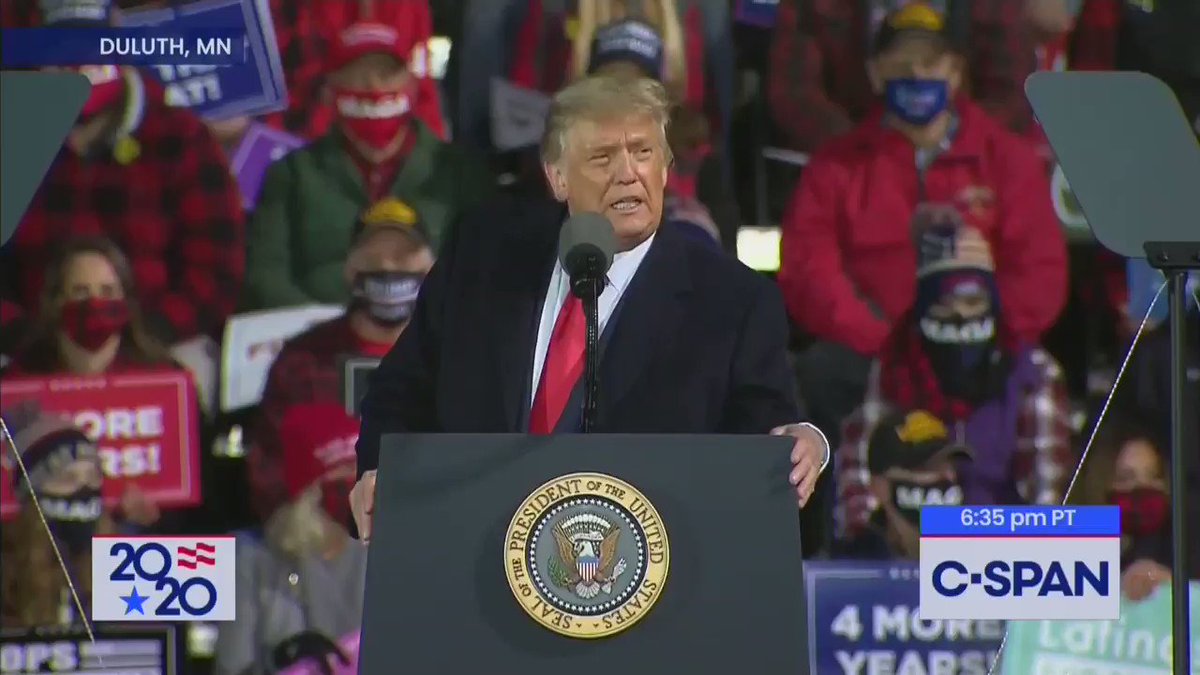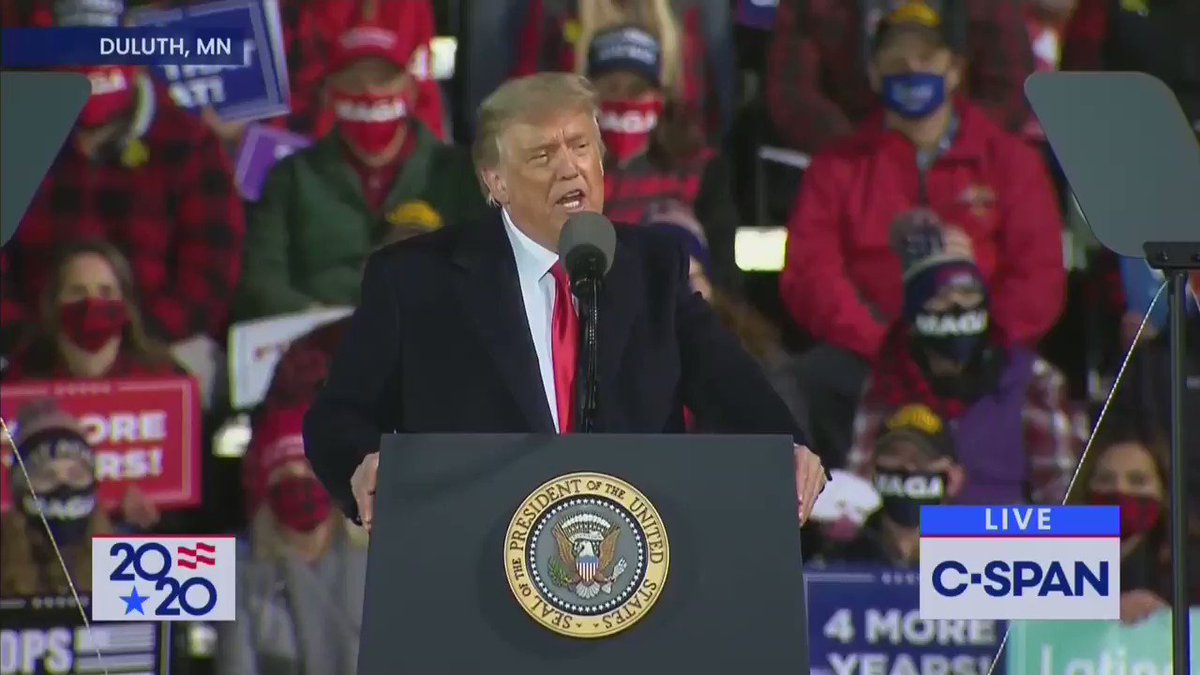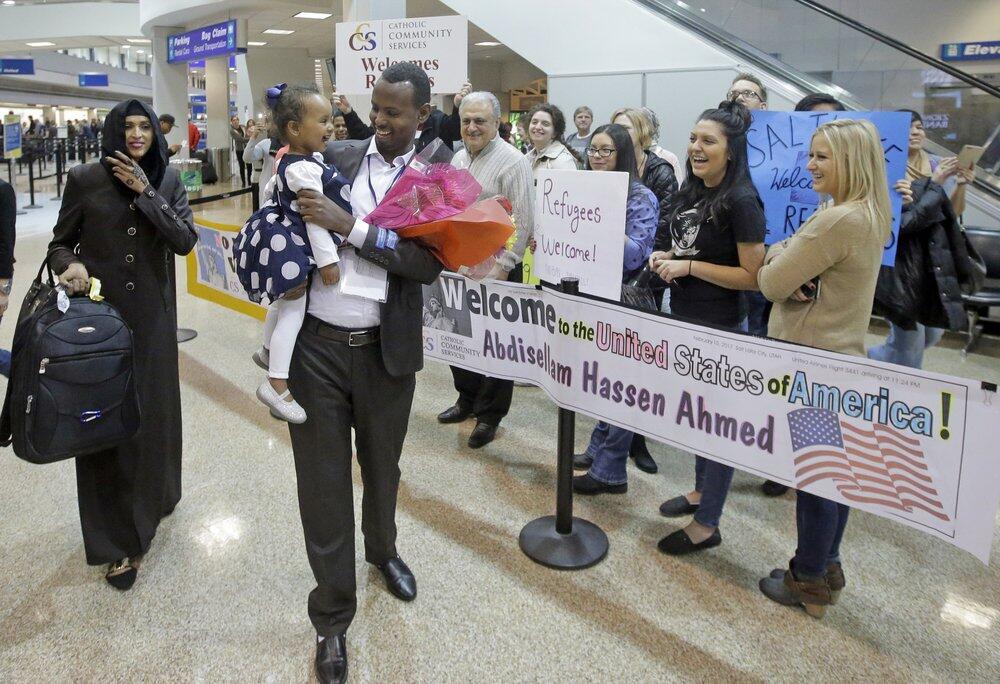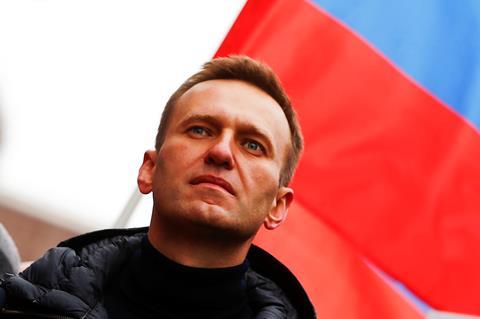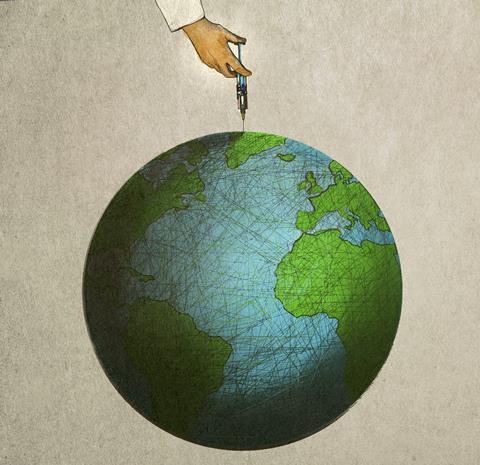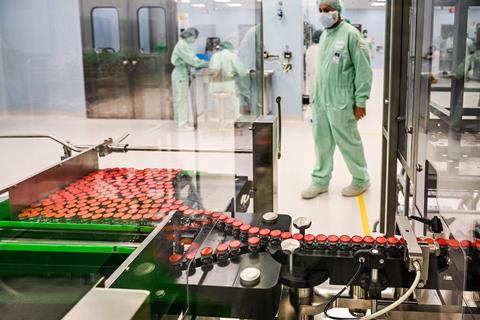Published September 30, 2020 By Sarah Toce

The Atlantic investigation has unearthed a chilling far-right militant group comprised of thousands of veterans, soldiers and police. What this group intends to do on Election Day still remains to be seen, but there is a growing concern for the safety of American voters as we head toward arguably the most contentious election cycle in our country’s history.
At the start of the subject’s examination, journalist Mike Giglio read a collection of diary entries by Oath Keepers founder Stewart Rhodes wherein he traced back to the launch of the ultra-conservative group in early 2009. Giglio would subsequently report on his findings between 2009-2015, just prior to the start of President Donald J. Trump’s campaign.
“I used them as a starting point for conversations with dozens of current and former members,” Giglio wrote. “The dominant mood was foreboding. I found people far along in deliberations about the prospect of civil conflict, bracing for it and afflicted by the sense that they were being pushed toward it by forces outside their control. Many said they didn’t want to fight but feared they’d have no choice.”
Giglio uncovered that a civil war was brewing and it went much deeper than the Oath Keepers.
“Membership in the group was often fleeting—some people had signed up on a whim and forgotten about it,” Giglio wrote. “The Oath Keepers did not have 25,000 soldiers at the ready. But the files showed that Rhodes had tapped into a deep current of anxiety, one that could cause a surprisingly large contingent of people with real police and military experience to consider armed political violence. He was like a fisherman who sinks a beacon into the sea at night, drawing his catch toward the light.”
At the heart of the conflict were guns.
“When I asked Rhodes and other people on the militant right to name concerns beyond gun rights, they mentioned how history is taught in schools, or how the Green New Deal would threaten land use, agriculture, single-family homes,” Giglio wrote. “They stressed that America is a republic, not a democracy. Liberals, Rhodes told me, want to see ‘a narrow majority trampling on our rights. The only way to do that is to disarm us first.'”
Giglio recalled that Rhodes “relentlessly demonized Black Lives Matter activists as ‘Marxists’—a foreign enemy” and said that although the Oath Keepers had participated alongside the Proud Boys during events, they were not “fucking white nationalists.”
Rhodes told Giglio to investigate militant groups “on the left such as the John Brown Gun Club, and seemed obsessed with antifa, which he said the Oath Keepers had faced down while providing security at right-wing rallies.”
“The most famous Oath Keeper after Rhodes is John Karriman, a pastor and former police trainer from Missouri who participated in the Ferguson operation,” Giglio wrote. “Rhodes would disappear for long stretches and stall on initiatives—such as a national program to offer community training in firearm safety, first aid, and disaster relief—that would have been a boon to recruiting. Wealthy donors offered money, Karriman said, but when they asked to see the group’s books, Rhodes declined.”
“One Marine veteran told me that when he signed up in 2013, he’d recently retired after seven years as a military contractor, during which he’d trained indigenous forces in Afghanistan,” Giglio said. “Senior Oath Keepers asked him to provide members with paramilitary training. He warned Rhodes that training the wrong people could lead to trouble; they might even turn on him. But he agreed after Rhodes said he could do the vetting himself.”
In 2017, the Oath Keepers faced allegations of embezzlement by the group’s IT administrator. Rhodes was accused with the cover-up and Karriman was pushed out following attempts to reform the group. The Southern Poverty Law Center (SPLC) obtained leaked membership files around this time.
The Oath Keepers are not an isolated group. Other vigilante operatives are thriving in Nashville, North Carolina and Virginia. At a recruitment meeting, Rhodes said told his attendees: “Don’t call yourselves Oath Keepers or Three Percenters. Call yourselves the militia of Rutherford County.”
Rhodes persisted, “Us old vets and younger ones are going to end up having to kill these young kids. And they’re going to die believing they were fighting Nazis.”
But it’s not even just the older vets. There are young members of far-right militias right around the corner from where you live, many 20 and 30 years old, according to Giglio’s report. In fact, 29-year-old former marine Joe Klemm, the leader of a new militia called the Ridge Runners, is a perfect example.
“I’ve seen this coming since I was in the military,” Klemm said while speaking to a crowd in Tennessee. “For far too long, we’ve given a little bit here and there in the interest of peace. But I will tell you that peace is not that sweet. Life is not that dear. I’d rather die than not live free. It’s going to change in November.”
Klemm continued, “I follow the Constitution. We demand that the rest of you do the same. We demand that our police officers do the same. We’re going to make these people fear us again. We should have been shooting a long time ago instead of standing off to the side.”
His call to action was an eerie reminder of the current temperature of these secret so-called militias in the time of Trump.
“Are you willing to lose your lives?” Klemm asked. “Are you willing to lose the lives of your loved ones—maybe see one of your loved ones ripped apart right next to you?”

